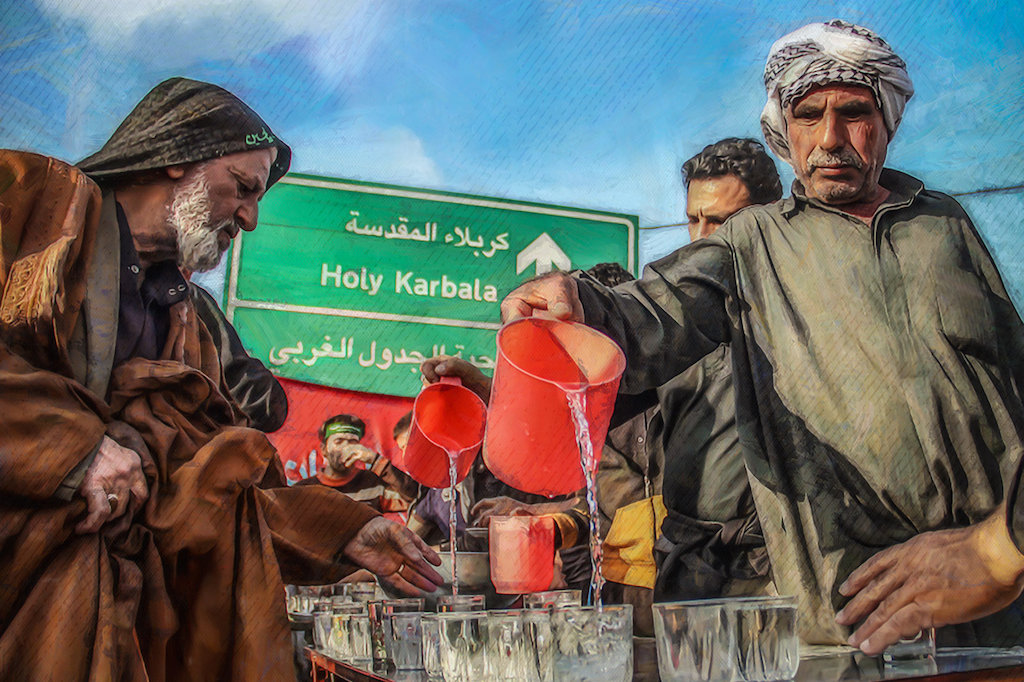This view neglects the fact that according to the Qur’an and hadiths the spirit in the world of barzakh continues to live and the believers, depending on their level, are aware of their close relatives’ circumstances.
In some Verses of the Qur’an, spirit’s continuation of life in the world of barzakh in barzakh’s heaven or hell have been mentioned. There are also narratives in regard to spirit’s continuation of life and ability to apprehend in barzakh. An example is a narrative that says the dead person, after being buried, hears the footsteps of people at the funeral leaving his graveside.
In Shi’ah hadith resources there are many hadiths regarding the dead’s ability to apprehension. For instance based on a hadith the Prophet (PBUH&HP) after burying Fatimah daughter of Asad, clapped his hands and then asserted that she heard the sound of his hands.
In another narration, the Prophet (PBUH&HP) asserted that I would hear any one next to my grave saying salam to me. It has also been narrated that after the battle of ِAl-Jamal, Imam Ali (PBUH) spoke to the killed and asserted that they were hearing his voice.
A hadith mentions the manner of burial of Sa’d ibn Ma’adh and Prophet’s addressing his mother in regard to Sa’d’s torment in the grave due to his bad temper with his family.
From other narratives proving deceased’s ability to apprehension these can be mentioned: narratives related to question and answer of the two angels Nakir and Munkar in grave; narratives related to spirit’s visit of the surviving relatives after death; narratives related to the deceased person being informed of his close relatives’ actions and becoming fond of those burying him; narratives suggesting payment of sadaqah and recitation of salah on behalf of the deceased person. Also the incumbency of talqin (inculcation of beliefs in the deceased person) among all sects of Muslims has been considered another confirmer of the deceased’s possession of awareness and ability of apprehension, for, if the deceased person lacks any power of apprehending then his talqin will be futile.
Some have also considered narrations expressing rewards for ziyāra of the grave of the Prophet as weak and fake. But compilers such as Subki and after him Samhudi examined in detail the credibility level of ziyāra narratives in their works and provided answers for this issue.
Source:
Pilgrimage “Ziyāra” from the Viewpoint of the Holy Quran, Hadiths and Theological Discourses-An Entry from Encyclopaedia of the World Islam [p 22-24].
Author: Maryam Kiani Farid
Translated by Mojganeh Saffarnia.

